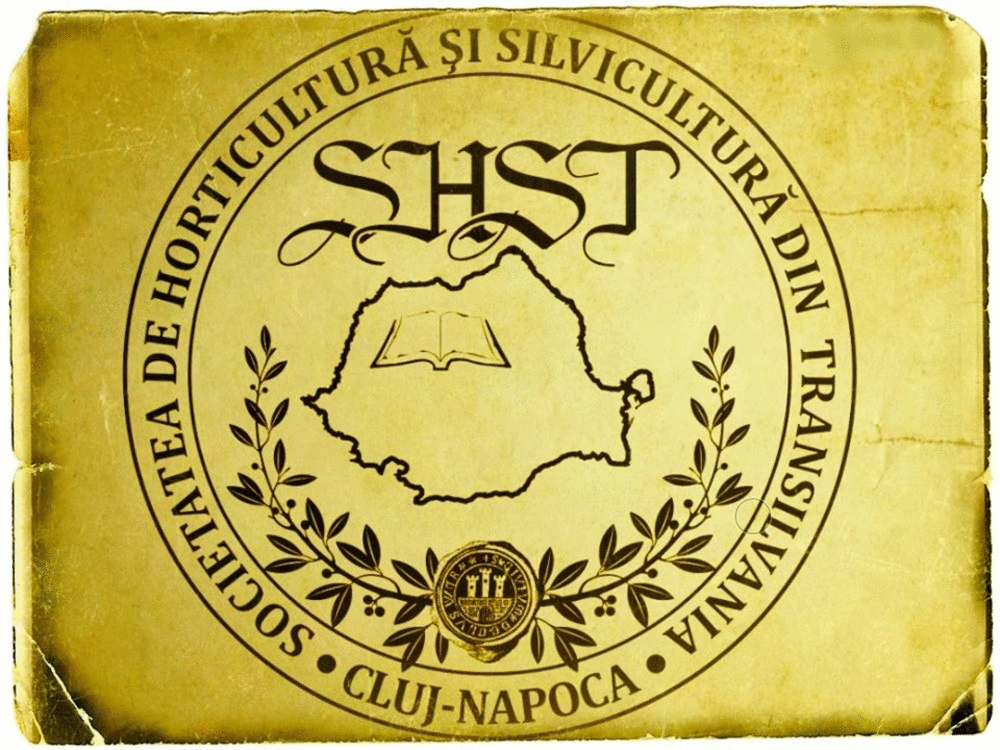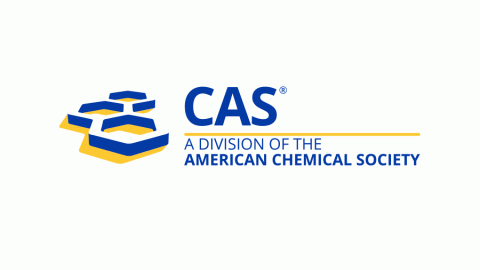Changes in Nutrient Contents of Soil across Different Land Uses in a Forest Reserve
DOI:
https://doi.org/10.15835/nsb9310123Abstract
In order to assess the changes in soil chemical properties’ resulting from conversion of forest to other agricultural land uses a study was conducted in Okomu Forest Reserve (Nigeria). Five soil samples collected from top and sub soils of marked points within the undisturbed forest, farmland, cocoa plantation, oil palm plantation and rubber plantation were analyzed for pH, organic carbon, total nitrogen, available phosphorus, exchangeable acidity, sodium, potassium, calcium and magnesium. The results showed variations in all chemical parameters across the land use types with soil depths (top and sub soils). Soil pH ranged from 4.88 (in the cocoa plantation subsoil) to 6.75 (in the forest top soil). Soils (top and sub soils) of the rubber plantation, forest and cocoa plantation had the highest stock of soil organic carbon (SOC), N and exchangeable Na respectively. Available P was highest in the top soil of the rubber plantation and sub soil of the farmland. Exchangeable Ca and Mg were highest in the top soil of the forest and sub soil of the rubber plantation. Exchangeable K and C:N was highest in the farmland top soil and cocoa plantation sub soil. Relationship among the chemical parameters varied with soil depth. Conversion of forest and cocoa plantation resulted in the highest decline (55.78% and 44.40%) in soil N. There is the need to regulate the conversion of natural forests to agricultural lands and plantations as conserve the nutrient cycling processes.
Metrics
Downloads
Published
How to Cite
Issue
Section
License
Papers published in Notulae Scientia Biologicae are Open-Access, distributed under the terms and conditions of the Creative Commons Attribution License.
© Articles by the authors; licensee SMTCT, Cluj-Napoca, Romania. The journal allows the author(s) to hold the copyright/to retain publishing rights without restriction.
License:
Open Access Journal - the journal offers free, immediate, and unrestricted access to peer-reviewed research and scholarly work, due SMTCT supports to increase the visibility, accessibility and reputation of the researchers, regardless of geography and their budgets. Users are allowed to read, download, copy, distribute, print, search, or link to the full texts of the articles, or use them for any other lawful purpose, without asking prior permission from the publisher or the author.













.png)















